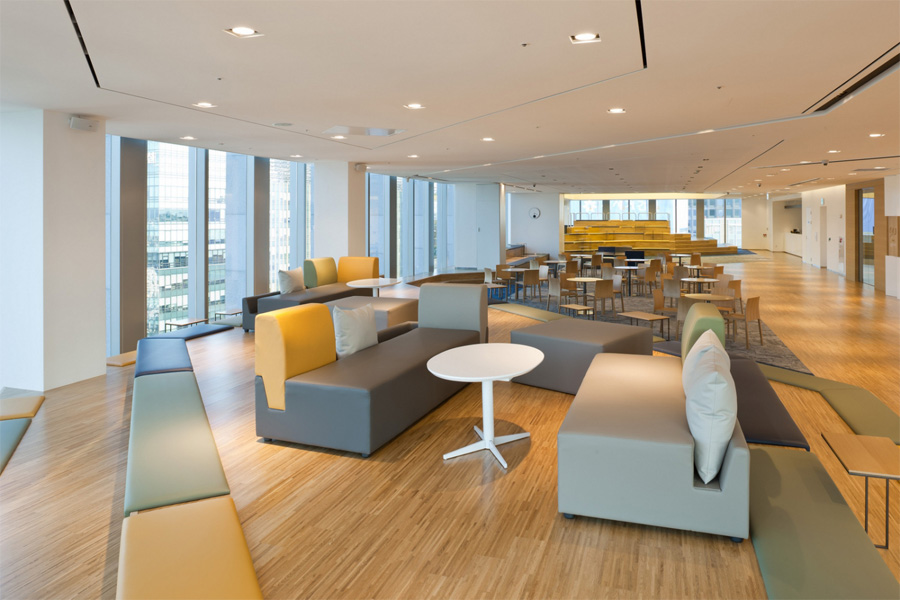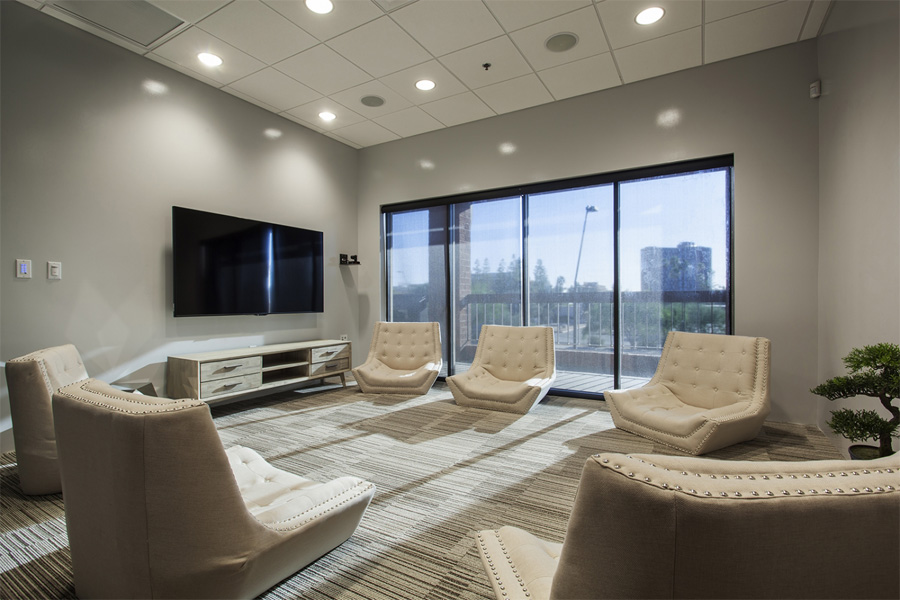Downlights, also known as recessed lights, have become an increasingly popular lighting choice in modern interior design. These fixtures are mounted into the ceiling, creating a sleek and unobtrusive lighting solution that can enhance the aesthetics of a room. However, as with any electrical installation, safety is of paramount importance. This raises the question: do downlights need to be fire rated?

Fire safety in buildings is a critical concern, and the risk of fire propagation through lighting fixtures cannot be underestimated. Downlights are designed to penetrate the ceiling, creating an opening that can potentially compromise the fire resistance of the structure. As a result, fire rated downlights have been developed to mitigate this risk and maintain the integrity of fire-rated ceilings and partitions.
Fire rated downlights are designed and tested to inhibit the spread of fire for a certain period of time. This is achieved through various features such as intumescent seals, fire-resistant enclosures, and insulation covers. Intumescent seals are materials that expand when exposed to heat, effectively sealing the gap between the fixture and the ceiling to prevent the passage of flames and smoke. Fire-resistant enclosures are designed to confine fire within the fixture itself, preventing it from spreading into the ceiling or floor above. Insulation covers, often made from mineral fibers, prevent the overheating of insulation materials surrounding the fixture.
The requirement for fire rated downlights is not universal and can vary depending on building codes, regulations, and the specific location within the building. Buildings with multiple floors or those designed with fire compartments will often have stricter fire safety regulations in place. For example, in the United Kingdom, fire rated downlights are recommended for use in buildings with multiple floors to ensure compliance with Building Regulations. Similarly, in the United States, the National Electrical Code (NEC) provides guidelines for fire protection of recessed lighting fixtures.

One might wonder whether the added cost and effort of installing fire rated downlights are truly necessary. While fire rated fixtures can indeed be more expensive than their non-fire rated counterparts, the investment is justified by the enhanced safety they provide. In the unfortunate event of a fire, these fixtures can significantly delay the spread of flames and smoke, providing occupants with more time to evacuate and giving firefighters a better chance to control the situation. The cost of repairing fire damage can far outweigh the initial expense of installing fire rated downlights.
In conclusion, the question of whether downlights need to be fire rated depends on a variety of factors including building codes, regulations, and the location within the building. However, prioritizing fire safety is paramount in any construction or renovation project. Fire rated downlights play a crucial role in maintaining the fire resistance of ceilings and partitions, reducing the risk of fire propagation, and providing valuable time for evacuation and firefighting efforts. While the initial cost of these fixtures may be higher, their long-term benefits in terms of safety and potential cost savings are undeniable. Therefore, when considering the installation of downlights, especially in buildings with multiple floors or fire compartments, opting for fire rated fixtures is a responsible and prudent choice.

























